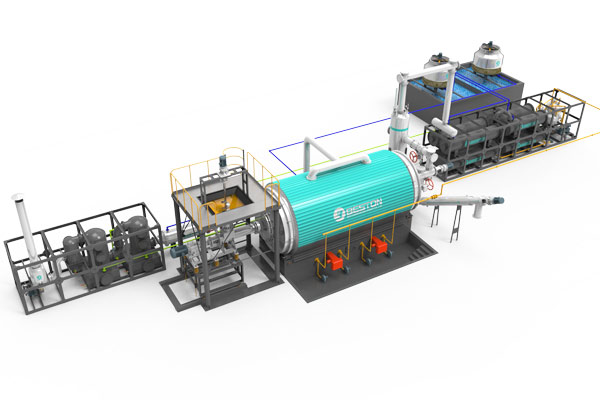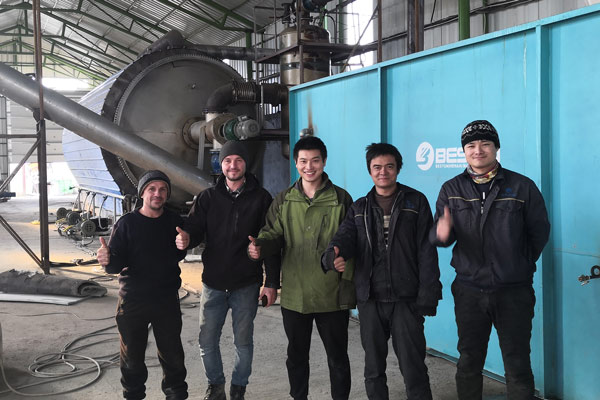Pyrolysis plants have gained increasing attention as a sustainable waste management and energy generation solution. However, their profitability is a critical consideration for investors and businesses. In this article, we will delve into the various factors that influence the profitability of pyrolysis plants and assess whether they can be financially viable in today’s market.
I. Feedstock Availability and Cost
The availability and cost of feedstock play a crucial role in determining the profitability of a pyrolysis plant. The type of feedstock used, such as biomass, plastics, or rubber, can significantly impact the plant’s operational expenses. Access to low-cost or even free feedstock, such as municipal solid waste or agricultural residues, can greatly improve the plant’s financial outlook.
II. Technology and Equipment Efficiency
The efficiency of the pyrolysis technology and equipment employed can directly affect the profitability of the plant. Advanced and well-designed pyrolysis systems can ensure higher conversion rates and increased yields of valuable products like biochar, bio-oil, and syngas. High-quality equipment may have a higher initial investment, but it can lead to greater cost savings and improved overall profitability in the long run.
III. End Product Value
The value of the end products obtained from pyrolysis reactor is a significant factor influencing profitability. Biochar, for instance, can be sold as a soil amendment, while bio-oil can serve as a renewable fuel source. The demand and market prices for these products will determine the revenue generated by the plant. Market research and identifying potential buyers or end-users are essential steps to ensure a steady income stream.

IV. Government Incentives and Regulations
Government incentives and supportive policies can greatly impact the profitability of pyrolysis plants. Subsidies, tax breaks, feed-in tariffs, or renewable energy credits can help offset initial investment costs and boost profitability. Additionally, regulations that promote the use of renewable energy and environmentally friendly waste management methods can create a favorable market environment for pyrolysis plant operators.
V. Energy Prices and Market Dynamics
The prevailing energy prices and market dynamics are essential considerations for tyre pyrolysis plant profitability. Fluctuations in energy prices can affect the competitiveness of bio-oil and syngas as substitutes for traditional fossil fuels. Understanding market trends and positioning the plant to adapt to changing conditions is vital for long-term success.

VI. Operational and Maintenance Costs
Operational and maintenance costs can significantly impact the profitability of pyrolysis plants. Regular maintenance, skilled labor, and proper handling of byproducts are essential to ensure smooth and efficient plant operations. Reducing operational expenses through process optimization and automation can improve profitability over time.
VII. Scale of Operation
The scale of the pyrolysis plant also influences its profitability. Larger-scale plants often benefit from economies of scale, leading to reduced production costs per unit. However, smaller-scale plants may be more feasible in regions with limited feedstock availability or when serving niche markets.
If you are very interested in pyrolysis plant, please see Beston Group.